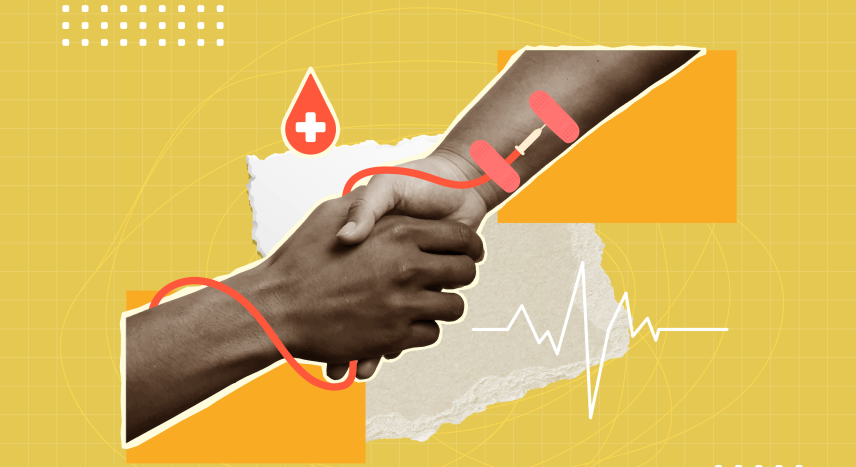by Dr. Sushmitha Sundar
5 minutes
Culture-Aware Risk Stratification: Why AI in Healthcare Must Look Beyond Data
AI can’t transform rural healthcare without factoring in culture, work, diet, and social realities behind disease risk.

When we think of Artificial Intelligence (AI) in healthcare, we often picture algorithms crunching numbers—blood pressure readings, blood sugar levels, family history. But in rural India, high blood pressure could come not from family history, but from a salt-heavy diet, irregular sleep due to night shifts, or even caste-based job stress.
This is where the real challenge begins: health is not just clinical; it’s deeply social and behavioral. For AI to truly make an impact, it must learn to see these invisible, culturally rooted risk factors.
Moving Beyond Electronic Health Records (EHRs)
Most AI models today are trained on Electronic Health Records. These capture diagnoses, prescriptions, and lab values, but leave out the reality of daily life. Consider what’s missing:
- Socio-demographic data: occupation, caste-linked work, income level
- Behavioral surveys: diet, physical activity, sleep quality
- Environmental exposure: air and water quality, housing conditions
- Wearable and mobile data: night-shift patterns, heart-rate variability
Without these, AI is essentially diagnosing in the dark. A villager working in salt-curing might present “normal” vitals, but hidden lifestyle risks make them highly vulnerable.
The Power of Community-Generated Data
This is where ASHAs and ANMs (community health workers) can become the missing link. Imagine a digital form where an ASHA logs:
- “Patient works night shifts at a brick kiln”
- “Diet includes daily salt-heavy pickles”
These insights feed into the AI model, making risk predictions more accurate. Instead of treating hypertension as a generic condition, the system begins to contextualize risk.
Training AI with Rural & Real-World Data
Too often, AI models are trained on urban hospital datasets. That’s like trying to understand farming by studying city gardens.
Projects that train models on Primary Health Center (PHC) or Community Health Center (CHC) data are already showing promise. They capture real-life stressors and unique disease patterns of rural and marginalized communities.
Human-in-the-Loop: Why AI Shouldn’t Work Alone
AI isn’t meant to replace doctors or health workers—it’s meant to guide them. Picture this scenario:
- AI detects mild hypertension in a patient.
- It then nudges the doctor or ASHA: “Does this patient work night shifts? Are they involved in salt-curing or other high-stress manual work?”
- When the doctor confirms, the AI learns and improves.
This feedback loop is the key to building trustworthy, adaptive healthcare models.
Designing Culturally Sensitive AI Models
Culture is as important as code. If AI systems don’t speak the local language or understand idioms, they risk misinterpretation.
- A Hindi-speaking patient reporting “chakkar” may mean dizziness—but it could also point to early cardiovascular stress.
- Regional diet references (like fermented rice, ragi, or pickles) need to be part of the dataset.
- Visual prompts




